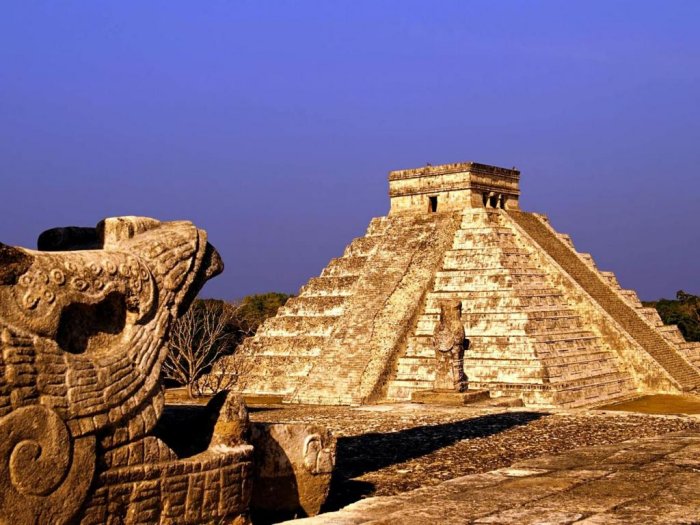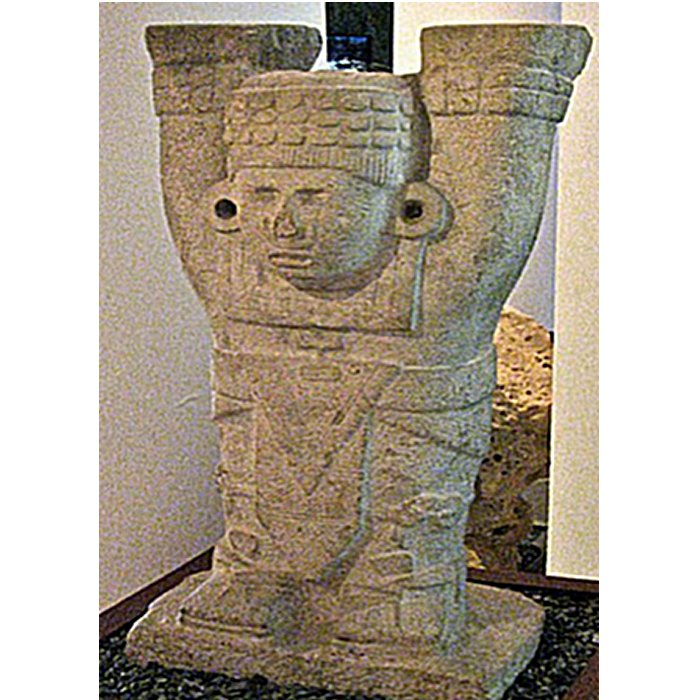Bacabs: Four Atlantean Gods Were Giants And Sons Of Itzámna, Maya God Of Heaven And The Sun
A. Sutherland - Ancient Pages. com - The Bacabs were important mythical figures in Mayan beliefs. They were believed to be the four Atlantean gods – the giants.
Among certain Maya groups, it was believed that the Bacabs were four brothers and sons of Ixchel, the Moon goddess of medicine, childbirth and weaving, and great god Itzámna (his name in Mayan means “Lizard House”).
Impressive Pyramid Temple of Kukulkan, was dedicated to the Feathered Serpent, Quetzalcoatl (known among the Maya people as Kukulkan); this deity, ever-present at Chichen Itza, is of Central Mexican origin and assumed a distinguished position in the pantheons of Teotihuacan and Toltec Tula.
Itzámna (who had many names) was Yucatán Maya sky god, the most important and powerful god of heaven and the Sun, usually considered the supreme deity and lord of all the gods.
According to some beliefs of the Maya people, these four Atlantean gods stood at the corners of the world and held up the heavens on their up-stretched hands. In the center grew a huge ceiba tree, the cosmic tree. Its roots grew deep into the underworld; its branches reached upwards towards the heavens and supported it.
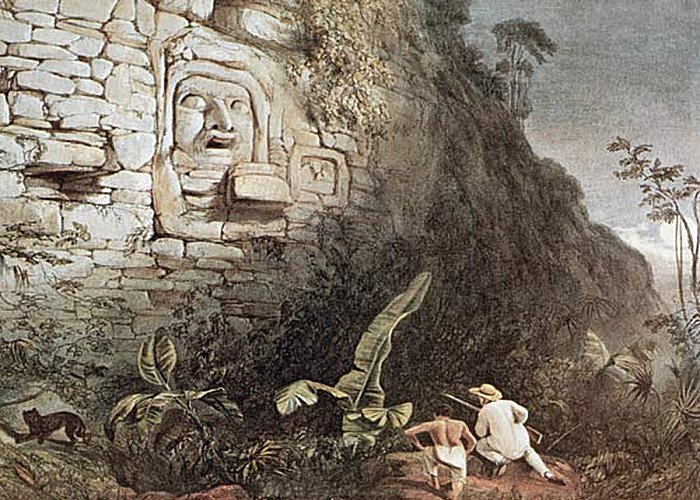
Carved head of Itzamná in the wall at Izamal, engraving after a drawing by Frederick …
Gianni Dagli Orti/Corbis
According to the Mayan Book of Chilam Balam of Chumayel,
“ …in one great sudden rush of water… Great Serpent (Canhel) was ravished from the Heavens… the sky fell down and the dry land sank, when the four gods (the four Bacabs) arose, who had brought about the annihilation of the world.
After the destruction was complete… the four pillars of the sky (Bacab trees) were re-established… and the Great Mother Seica rose amidst recollections of the destruction of the Earth…”
Some myths tell that the four Atlantean gods – the Bacabs – escaped the destruction of the First World and were sent to hold up the four corners of the sky in the Second World…”
Bacab Atlantean God - source
The names of the four Bacabs, the giants are Hobnil, Cantzicnal, Saccimi, and Hosanek. With upraised arms, they supported the multilayered sky from their assigned positions at the four cardinal points of the compass and presided over one year of the four-year cycle.
According to ancient Maya beliefs, these years were expected to be the greatest and most successful years. The four cardinal directions and their corresponding colors (east - red; north - white; west - black; south - yellow) played an important part in the Mayan calendrical systems and religious beliefs as well
Many ancient Maya reliefs are decorated with depictions of the Bacabs, in human-like form as men with long beards and wearing conch shells. Their faces definitely do not resemble Indian facial features.
Among the most famous depictions of the Bacabs is the one decorating a shrine atop the Pyramid of the Kukulcan, the Feathered Serpent at Chichen Itza.
As we know, the Maya worshiped Kukulcan, a white-skinned and yellow-bearded man who crossed the Atlantic Ocean and landed on the shores of Mexico in distant prehistoric times.
According to another suggestion, the Bacabs - usually represented as old men or jaguars - may have been four representations of a single deity. They were sometimes portrayed as jaguar gods, with their hands placed over their heads.
They hold up the four corners of the world and each corner represents one of the cardinal directions. According to the Mayans, the Bacabs influence specific periods in the Mayan calendar and eventually die at the end of this period to be reborn again.
Written by – A. Sutherland AncientPages.com Staff Writer
Copyright © AncientPages.com All rights reserved. This material may not be published, broadcast, rewritten or redistributed in whole or part without the express written permission of AncientPages.com
Expand for referencesReferences:
Thompson J. E. S. The Bacabs: Their Portraits and Their Glyphs
Karl Taube, The Major Gods of Ancient Yucatan.
More From Ancient Pages
-
 Ausevik Rock Art: Real And Mythical World Of Stone Age People Of Norway
Civilizations | Oct 2, 2018
Ausevik Rock Art: Real And Mythical World Of Stone Age People Of Norway
Civilizations | Oct 2, 2018 -
 Crusader-Era Sword Discovered At Previously Unknown Burial Site In Finland
Archaeology | Oct 16, 2023
Crusader-Era Sword Discovered At Previously Unknown Burial Site In Finland
Archaeology | Oct 16, 2023 -
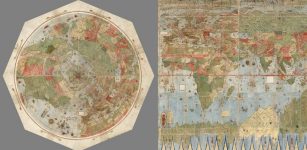 Unique Ancient Map Depicting The Earth As Seen From Space Restored Digitally
Archaeology | Dec 18, 2017
Unique Ancient Map Depicting The Earth As Seen From Space Restored Digitally
Archaeology | Dec 18, 2017 -
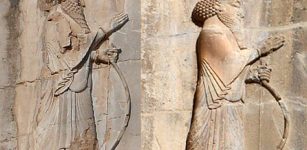 Naqsh-e Rostam: Spectacular Tomb Complex With Rock Reliefs From Elamite To Sasanian Times
Civilizations | Nov 15, 2018
Naqsh-e Rostam: Spectacular Tomb Complex With Rock Reliefs From Elamite To Sasanian Times
Civilizations | Nov 15, 2018 -
 Beautiful Ancient Egyptian Jewelry From The 26th Dynasty Unearthed At Karnak Temples
Artifacts | Mar 3, 2025
Beautiful Ancient Egyptian Jewelry From The 26th Dynasty Unearthed At Karnak Temples
Artifacts | Mar 3, 2025 -
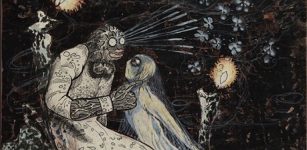 Kikimora – Nightly Evil Female Spirit And Goddess Of Chickens In Slavic Beliefs
Featured Stories | Oct 22, 2018
Kikimora – Nightly Evil Female Spirit And Goddess Of Chickens In Slavic Beliefs
Featured Stories | Oct 22, 2018 -
 Stonehenge May Have Aligned With The Moon As Well As The Sun
Featured Stories | Jun 4, 2024
Stonehenge May Have Aligned With The Moon As Well As The Sun
Featured Stories | Jun 4, 2024 -
 13,000-Year-Old Human Footprints Discovered In Canada
Archaeology | Mar 30, 2018
13,000-Year-Old Human Footprints Discovered In Canada
Archaeology | Mar 30, 2018 -
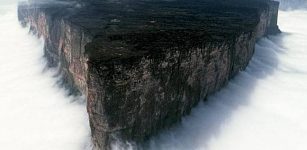 Mysterious Mount Roraima Surrounded By Myths And Clouds Of Dense Fog
Featured Stories | Nov 13, 2018
Mysterious Mount Roraima Surrounded By Myths And Clouds Of Dense Fog
Featured Stories | Nov 13, 2018 -
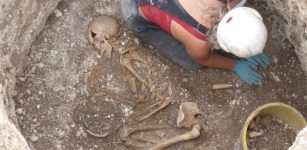 Bronze Age Human Remains Uncovered In Dorset During Excavation Of Iron Age Settlement
Archaeology | Jul 10, 2023
Bronze Age Human Remains Uncovered In Dorset During Excavation Of Iron Age Settlement
Archaeology | Jul 10, 2023 -
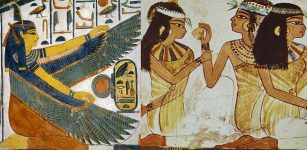 Ancient Egyptian Women Had Equal Rights As Men – Egyptian Cosmology And Goddess Maat Reveal Why
Ancient History Facts | Dec 18, 2017
Ancient Egyptian Women Had Equal Rights As Men – Egyptian Cosmology And Goddess Maat Reveal Why
Ancient History Facts | Dec 18, 2017 -
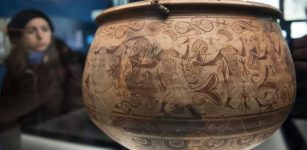 Ancient Secrets Of Iberian Warrior Vase – 2,000-Year-Old Masterpiece Of Art
Archaeology | Dec 5, 2017
Ancient Secrets Of Iberian Warrior Vase – 2,000-Year-Old Masterpiece Of Art
Archaeology | Dec 5, 2017 -
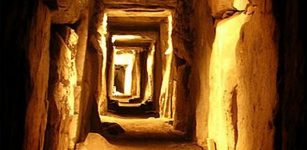 World’s Oldest Moon Map Carved Into Ireland’s 5,000 Year-Old Tomb At Knowth
Featured Stories | Jun 25, 2014
World’s Oldest Moon Map Carved Into Ireland’s 5,000 Year-Old Tomb At Knowth
Featured Stories | Jun 25, 2014 -
 Gryla: Cannibalistic, Evil Troll And Her Sons ‘Yule Lads’ – In Icelandic Folklore
Christmas Traditions | Dec 23, 2024
Gryla: Cannibalistic, Evil Troll And Her Sons ‘Yule Lads’ – In Icelandic Folklore
Christmas Traditions | Dec 23, 2024 -
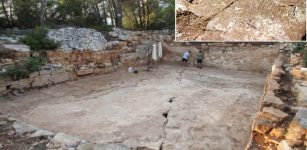 Excavations Of 2,500-Year-Old Water Cistern In Croatian Village Lumbarda – Completed
Archaeology | Oct 1, 2020
Excavations Of 2,500-Year-Old Water Cistern In Croatian Village Lumbarda – Completed
Archaeology | Oct 1, 2020 -
 On This Day In History: Emperor Constantine I Passes His Famous National Sunday Law – On March 7, 321 AD
News | Mar 7, 2017
On This Day In History: Emperor Constantine I Passes His Famous National Sunday Law – On March 7, 321 AD
News | Mar 7, 2017 -
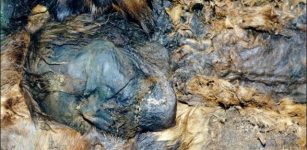 Discovered Near Arctic: Mysterious Lost Medieval Civilization And Puzzling Ancient Mummy
Archaeology | Jul 4, 2015
Discovered Near Arctic: Mysterious Lost Medieval Civilization And Puzzling Ancient Mummy
Archaeology | Jul 4, 2015 -
 Curious Historical Observation Of A Bronze Age Warrior Who Shouldn’t Exist
Featured Stories | May 21, 2019
Curious Historical Observation Of A Bronze Age Warrior Who Shouldn’t Exist
Featured Stories | May 21, 2019 -
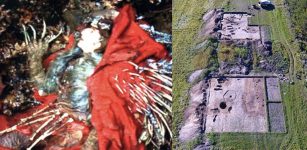 The Birdman Of Siberia: Sensational Finds In The Heart Of Russia Puzzle Scientists
Archaeology | May 31, 2019
The Birdman Of Siberia: Sensational Finds In The Heart Of Russia Puzzle Scientists
Archaeology | May 31, 2019 -
 Fulani: Africa’s Pastoralists Traced To Green Sahara Period,12,000 – 5,000 Years Ago
DNA | Feb 26, 2025
Fulani: Africa’s Pastoralists Traced To Green Sahara Period,12,000 – 5,000 Years Ago
DNA | Feb 26, 2025

